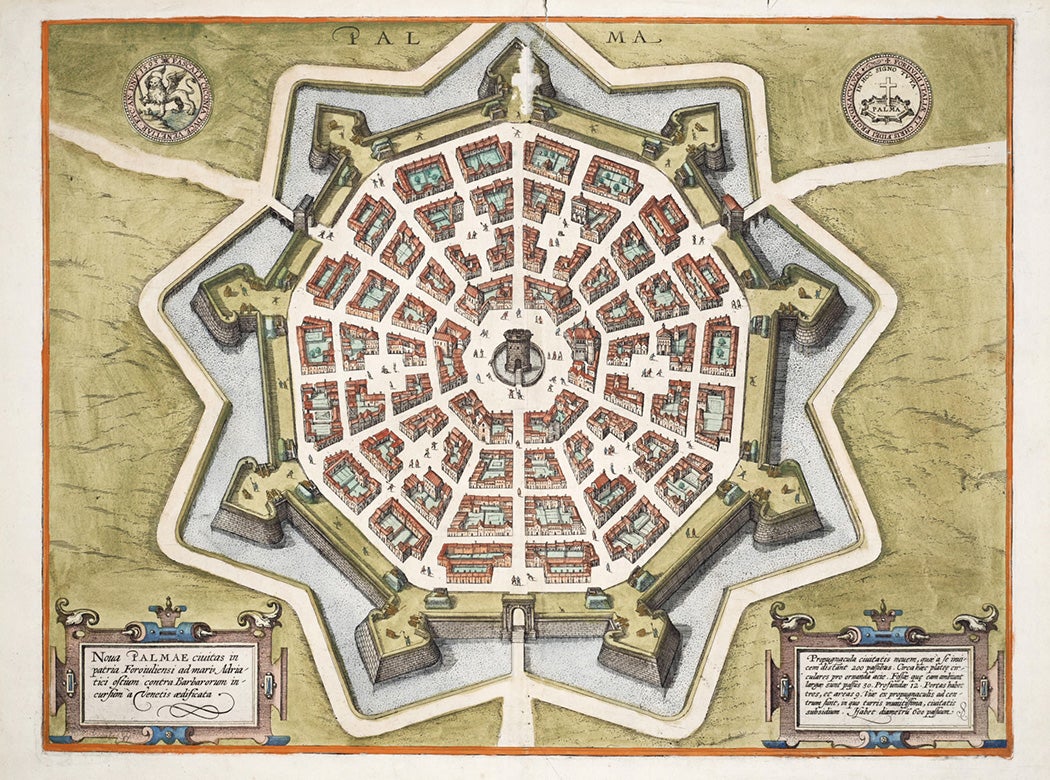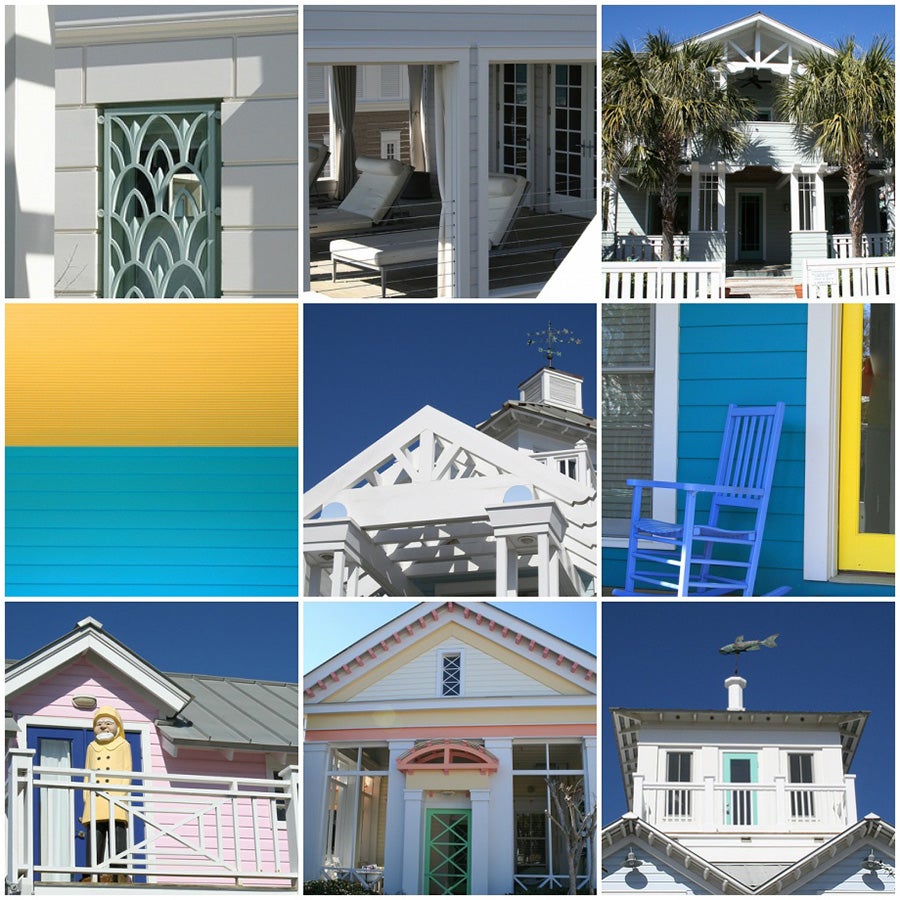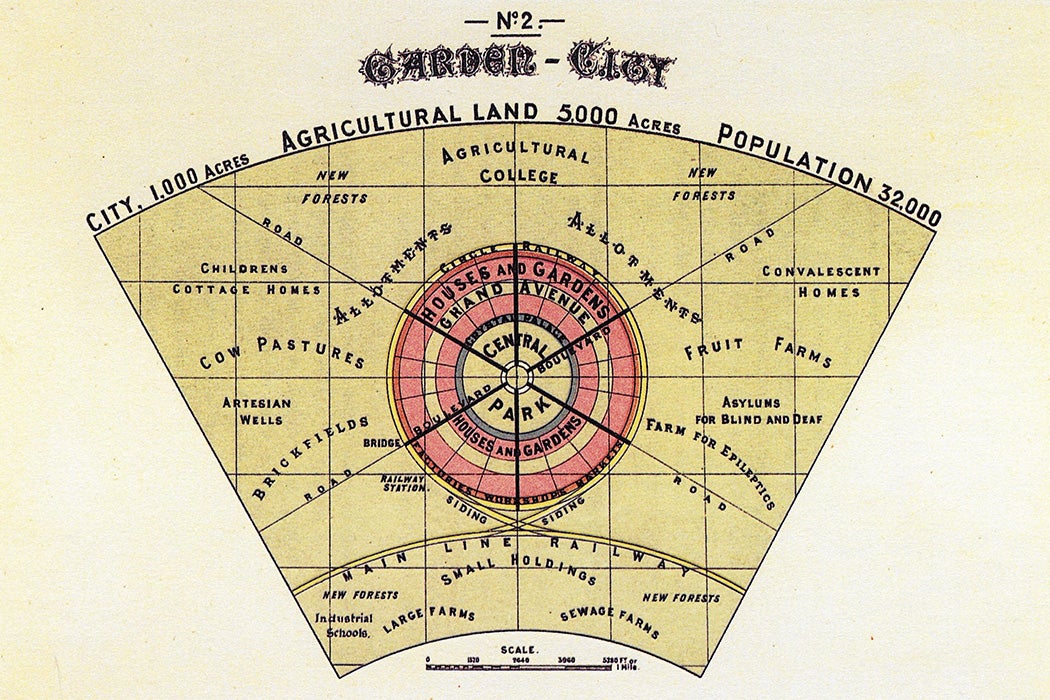Last month the mystery of the secret buyer of large amounts of land around Travis Air Force Base in California was finally solved. And no, it wasn’t a foreign country or a part of an international conspiracy. It was just a group of billionaires who want to try their hand at urban planning. They call their vision California Forever. Perhaps motivated by the San Francisco “doom loop,” they hope to create their own ideal city, away from the problems of the Bay Area. However, in releasing computer-generated images of a community that look more like a Tuscan hill town than California’s Solano County, they heard more derision than support for the project. California Forever is not the first, nor will it be the last, in the tradition of planned communities. Going back centuries upon centuries, humans have sought to organize the built environment around us, often reacting to issues we see within our current societies.
The earliest examples of planned communities show ancient cultures building cities according to grid plans, often organizing streets with major thoroughfares running north to south and east to west. The Indus Valley civilization cities of Mohenjo-Daro and Harappa are incredibly early examples of this. As Michael Jansen describes, the “urban period” of the Indus Valley civilization seemed to spring up suddenly. At the Mohenjo-Daro sites, archaeologists have uncovered a city
with specific architectural features such as large, obviously planned settlements with orthogonal street systems, large “public” buildings, multi-roomed dwelling horses built with prefabricated baked bricks, and a perfect infrastructure including an intraurban water supply provided by hundreds of wells and a sewage disposal system consisting of effluent drains of baked bricks.
With organized construction dating back to c. 2400 BCE, the city was ahead of its time, though Jansen notes that excavations throughout the northwest of the Indian subcontinent have revealed more than 1,000 sites related to the Indus Valley civilization.
Hippodamus of Miletus, the ancient Greek scholar, is considered the “father of urban planning,” and we still use of the term “Hippodamian plan” when referring to the city grid—when straight (orthogonal streets intersect at right-angles to each other—thanks to his writings on this approach to urban organization. The Romans were also known to plan cities according to the grid, as seen in Pompeii, though cities like Rome show that grid planning could take a back seat to history and tradition. Also found across Asia, China’s Forbidden City is an iconic example of this orthogonal approach to organizing architectural space.
Moving forward in time takes us to the sixteenth century and a unique example of planning in the Italian city of Palmanova. Built as a fortified city by the Venetian Republic, the city follows a symmetrical, nine-point star pattern designed to embody Renaissance utopian ideals. The exact requirements of a utopia was debated throughout the Renaissance, but as historian Paul F. Grendler points out, all “Renaissance utopias had in common a rational, even geometrical, organization of the physical environment and a highly regimented life for the inhabitants.”

As cities industrialized, approaches to planned communities began to consider design ideals including green space and walkability. In his 1898 publication, To-Morrow: A Peaceful Path to Real Reform, Ebenezer Howard proposed a “marriage” between Town and Country, arguing for what would come to be known as a Garden City. Organized within a circular urban plan, the ideal Garden City offered the societal and economic benefits of the city while surrounding inhabitants with the natural beauty of the country. Appealing to many, the Garden City Movement spread globally.
While there are many notable examples across Europe and North America, it also spread beyond western societies. For example, as architectural historian Ken Tadashi Oshima writes, the Denenchōfu neighborhood of southern Tokyo is a notable example from the early twentieth century in Asia. Howard’s ideas were introduced to Japan in 1907, at a time when Tokyo was experiencing a population boom, writes Oshima. But where Howard’s Garden City functioned as an example of utopian communalism, with common ownership of land, the houses and property in Denenchōfu were owned individually. Oshima points out that Denenchōfu also wasn’t planned as a multi-class city as Howard proposed, but it nevertheless reflected “the rise of the self-made individual in Japan.” Denenchōfu’s demographics “expressed the social structure of this period, [making it] markedly freer than that of its feudal predecessors.”

The late twentieth century saw the rise of New Urbanism, embodied by Andres Duany and Elizabeth Plater-Zyberk’s design for Seaside, Florida. (Outside planning circles, the town is perhaps best known as the filming location for the 1998 movie The Truman Show.)
Urban planning scholar Jill Grant explains that New Urbanists have an interest “in designing urban places that are vibrant, mixed use, and pedestrian-friendly, with well-defined edges, coherent open space systems, and civic centres.”
Weekly Newsletter
Full of small-scale, pastel-colored structures, Seaside sells itself as a family-oriented town where residents can easily walk or bike along its quiet streets. This neo-traditional plan rejects the car-centric, piecemeal approach to city planning that many American cities saw during the post-World War II boom.
As we continue through the twenty-first century, endeavors such as California Forever show us the human drive to control the built environment in an attempt to create something “better” is still with us, and it isn’t leaving any time soon.







